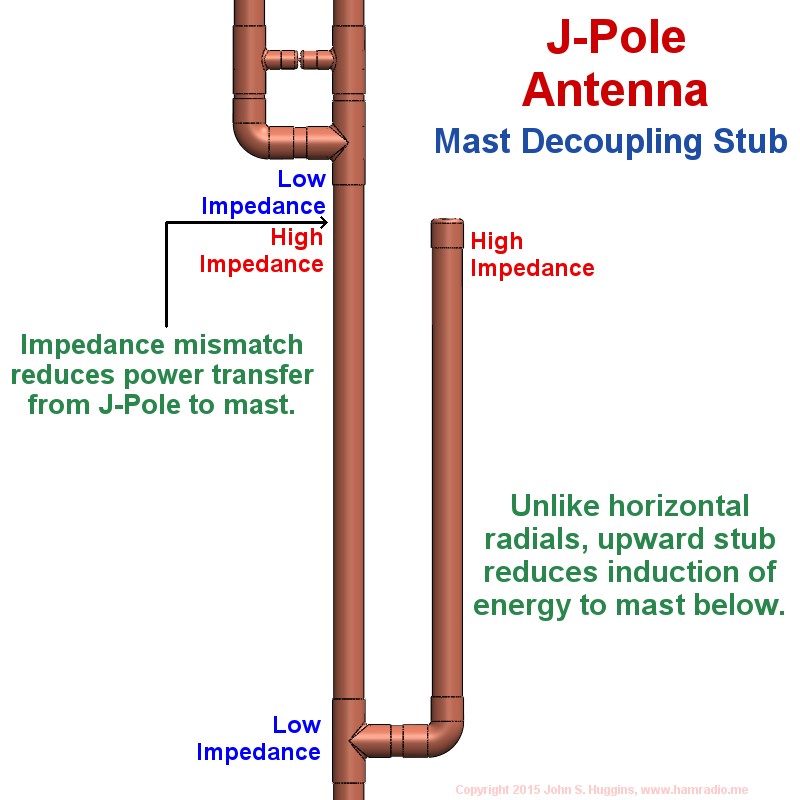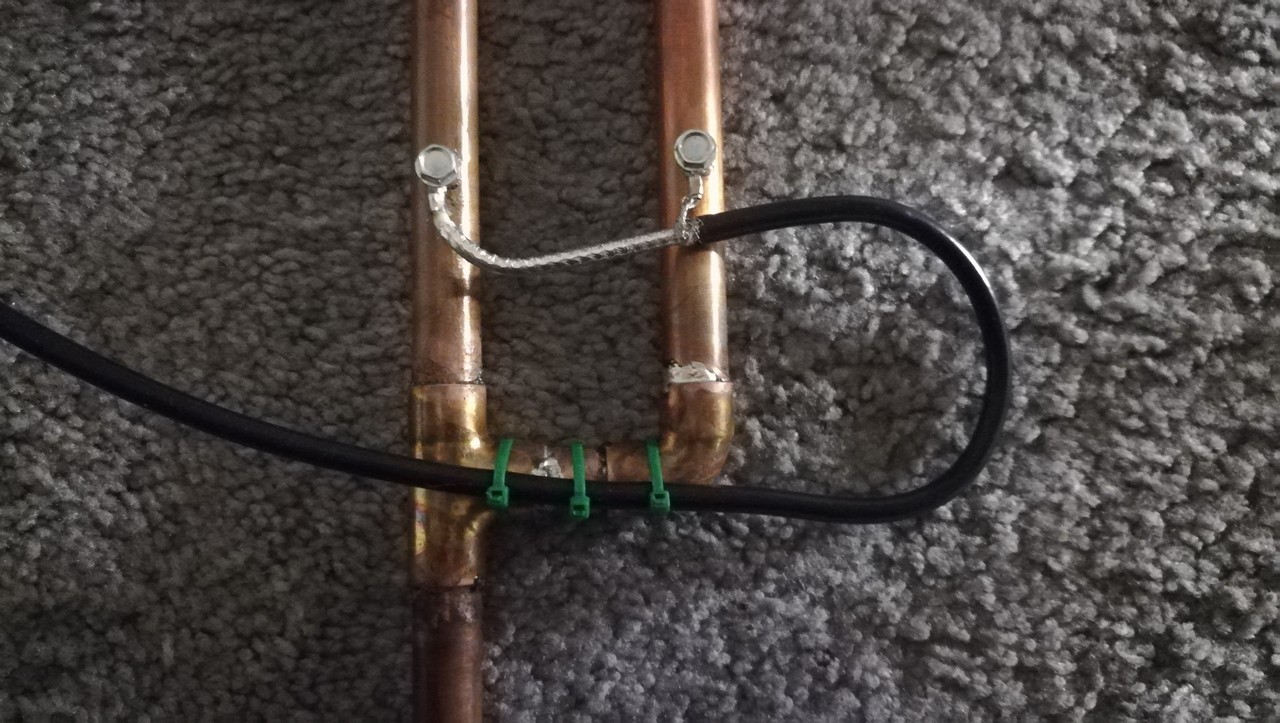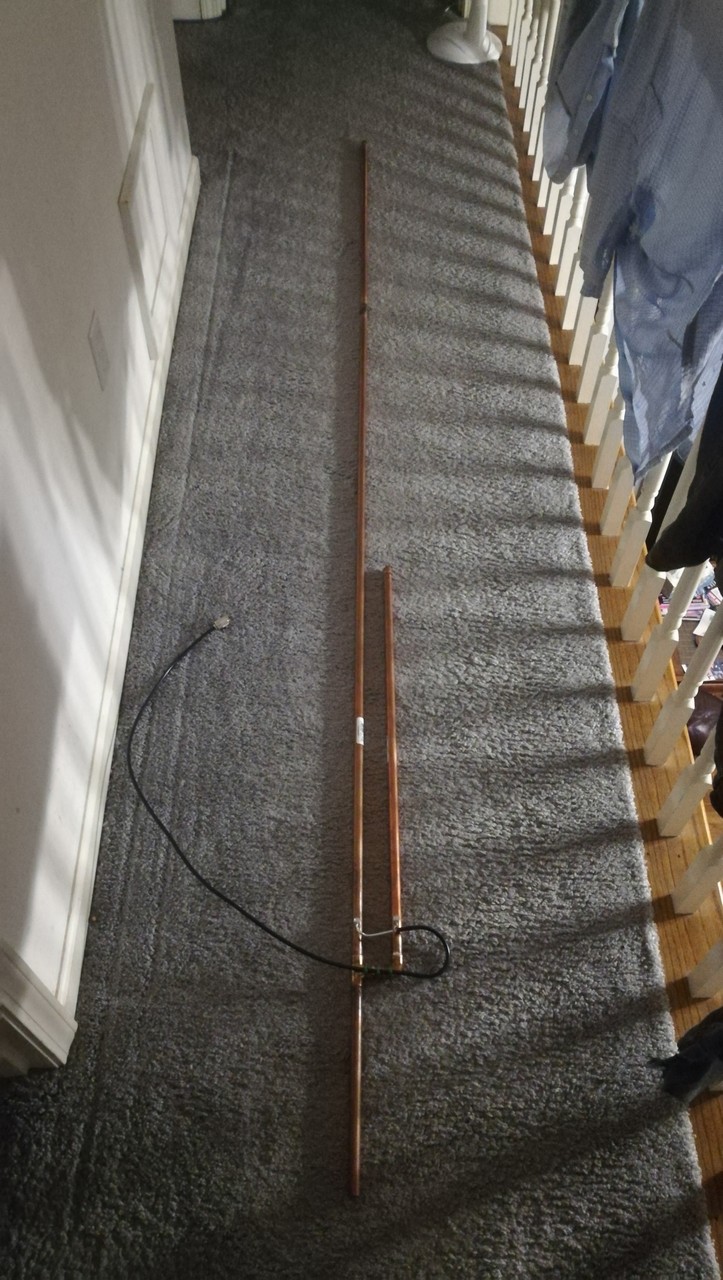The J-Pole antenna was first invented by Hans Beggerow in 1909 for use with zeppelins. A J-Pole antenna is a type of vertically polarized omnidirectional antenna that is commonly used for VHF and UHF frequencies. It gets its name from its shape, which resembles the letter “J.” When mounted horizontally, the antenna is referred to as a Zepp antenna.

J-Pole antennas are known for their simple design and high performance. They are relatively easy to build and can be constructed using a variety of materials, including copper pipe, aluminum, or stainless steel.
One of the main advantages of J-Pole antennas is their omnidirectional pattern, which allows them to receive signals from all directions. This makes them a popular choice for both base station and portable applications.
In terms of performance, J-Pole antennas are highly efficient and have a low radiation angle, which allows them to reach further distances than other types of antennas. They are also relatively small, making them easy to install and transport.
I wanted to try to build a simple VHF antenna based on the J-Pole design. After a trip to Lowe’s to get some copper pipe, I cut the respective sections to length and then used copper fittings to put everything together. I then used a torch to solder the copper joints.
My feedline is RG-58 with an impedance of 50 ohm. I used self-tapping sheet metal screws to attach the feedline to the copper. I measured SWR 1.3 This antenna worked great with my 7W FM transmitter.


Overall, J-Pole antennas are an excellent choice for a wide range of applications, including amateur radio, public service, and emergency communications. They are simple to build and offer excellent performance, making them a popular choice among radio enthusiasts.
